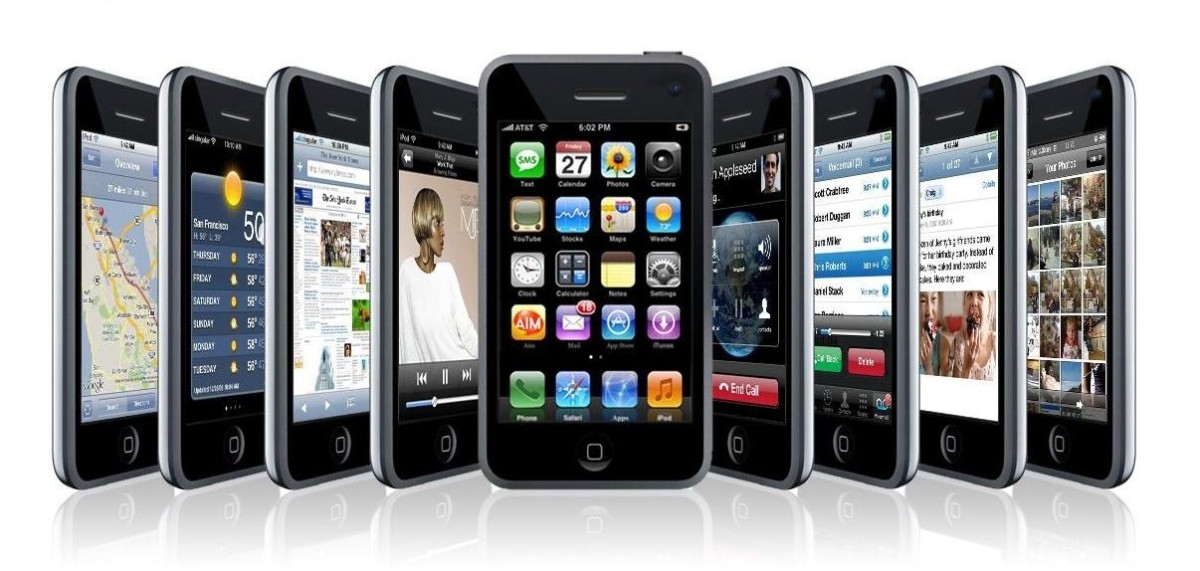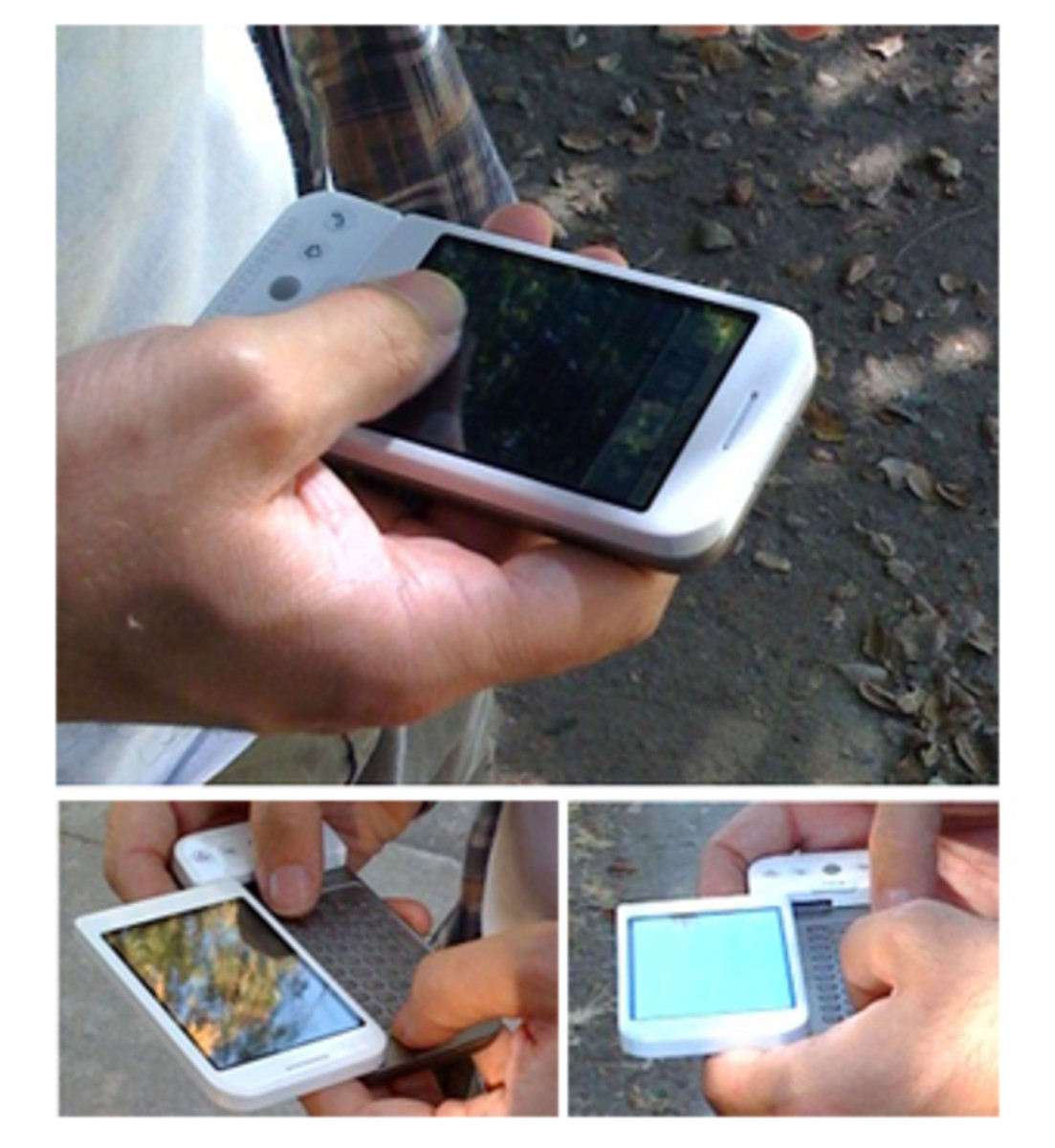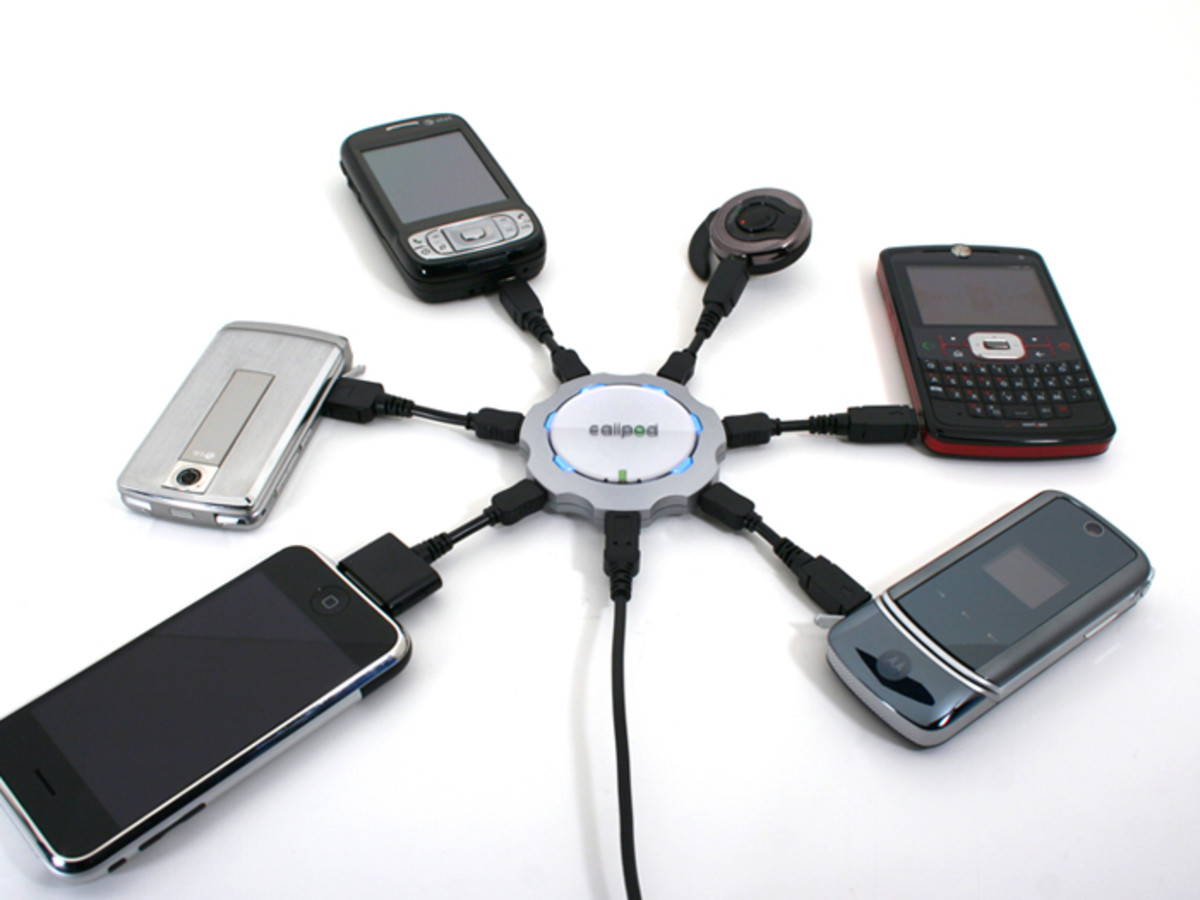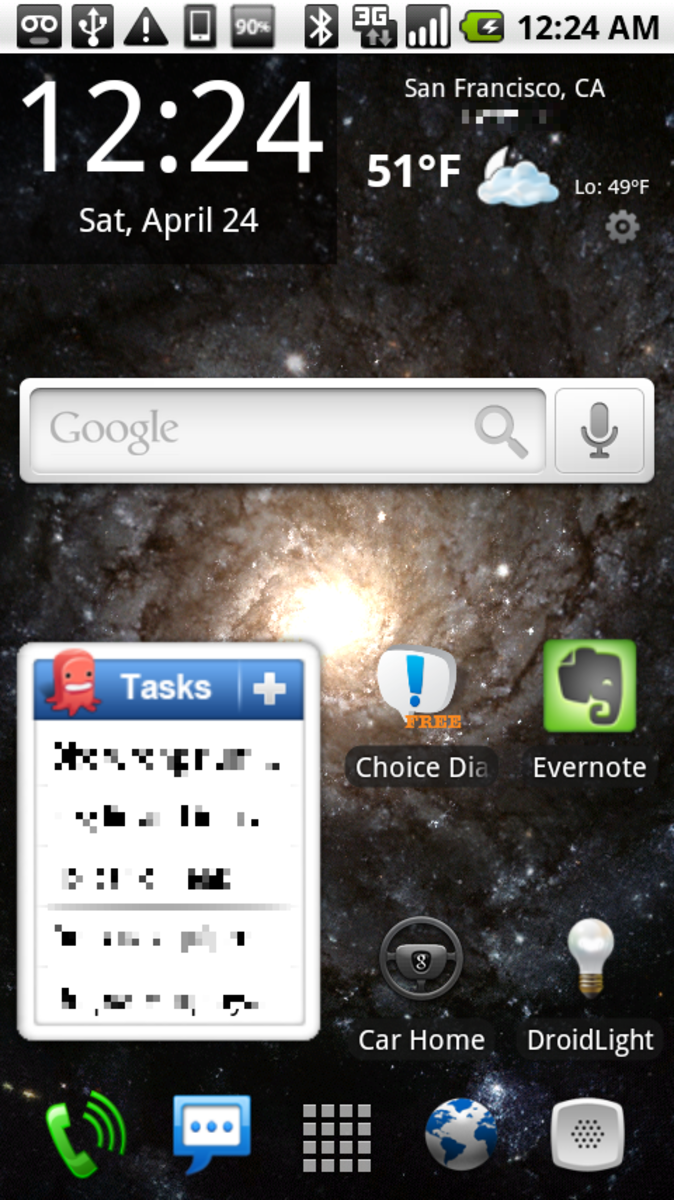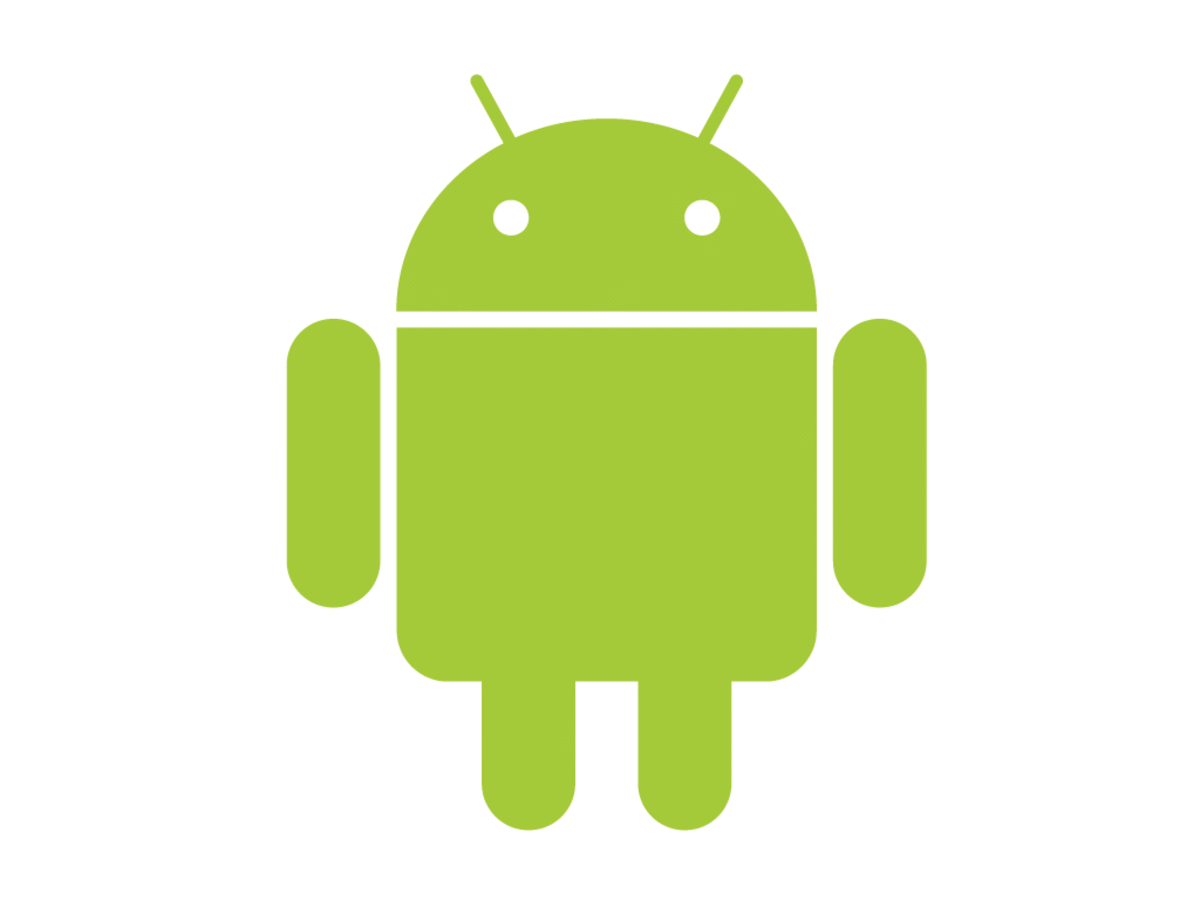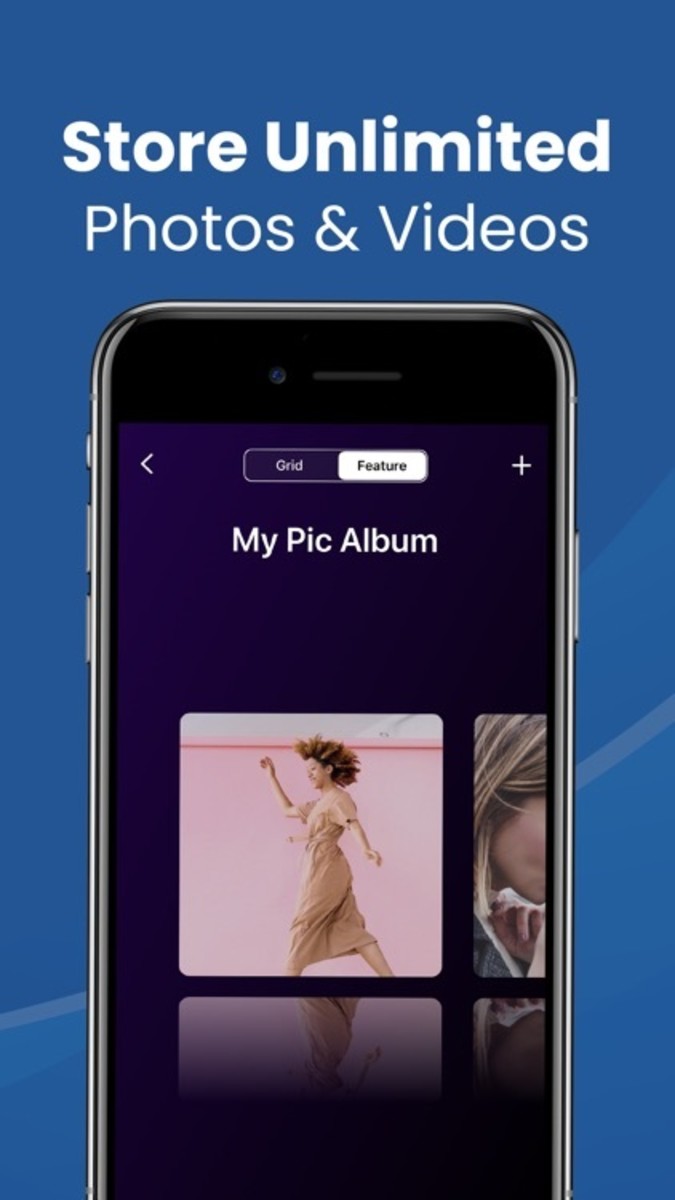The Transformation of Telephone to Smartphones
Some would say that without communications we are hopeless. Various Communications system such as mobile technology, telephony, radio and TV broadcasting was so significant in our lives; it is often used in our daily dealings with the people around us, gives us many forms of entertainment, and aids us in our business and many more.
Interestingly the telephone system is perhaps one of the most useful pieces of communications device since its inception in 1877 until now. On the part of the telephone service provider, it is quite easy for them to transmit and receive signal utilizing transceivers, twisted pair, repeaters and other sophisticated communications devices and equipments. The users on the other hand, find the telephone convenient to use and economical. Telephone can able to bridge the gap. Even if people are apart by distance they can still be in close contact through communications.
Although the telephone was invented eons ago, but it is still very useful and commonly used until now, and mind you, it evolved into a more powerful and versatile piece of communications instrument. The telephones now morphed to smart phones, mobile, portable and most of all versatile. The smart phones, which its names implies are now packed with awesome features which can bring comfort, convenience and joy to the users, aside from of course talking with the other people or sending and receiving text messages. The smart phones comes in with access to the popular social networking sites such as the Twitter and Facebook. This new vague in the communications systems, can pick up signals from radio stations, play MP3 music and video clips and enables you to have fun with down-loadable games. The functions of the smart phones are enormous and it is growing as times goes by.

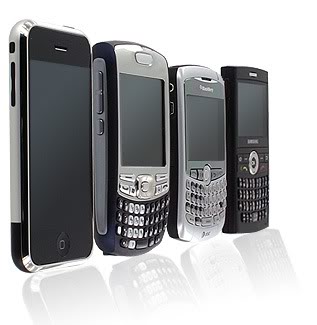
Here’s how the transformation (evolution) of the telephone to smart phone took place:
1856 -1877 Alexander Graham Bell was long hailed as the one responsible for bringing the telephone to the world although some say it was Antonio Meucci who made the first voice phone. Meucci has operational models as early as 1856 and filed an initial patent in 1871. Bell having the better PR skills manages to squeak past his rival as his application for a patent in February 1876 reaped great rewards one month after. Bell made history as he made the world’s first call to his assistant, Thomas Watson. The Bell Company was established in 1877.
1878 The first telephone exchange was launched in 1878 in New Haven, United States. There were 21 subscribers with each shelling out US$1.50 per month. Calls were made by winding a handle to call up the operator.
1892-1904 Another breakthroughs were made as the first automatic exchange was unveiled in 1894; this is also the same year where Bell’s patent expired. In 1904, more than 6,000 companies in the US offer telephone services and the mainstream employed the candlestick sets.
1946-1948 The technological advancements in the communications systems continues to posts deafening and resounding gains. Unstoppable as it is, the first mobile phone call was eventually made in 1946 from a handset under a car’s control panel, utilizing radio transmitter. In 1948, wireless telephone services are accessible in the vicinity of 100 cities in the US.
1951-1958 The Direct Distance Dialing (DDD) employing additional digits is launched, this paved the way for more users and at the same time give users a sort of address in the world of telephony. Moreover, during this period, the SCORE satellite, the first of its kinds in the field of communications was launched into the earth’s atmosphere.
1963 – The first button dials made the telephone more formidable and popular. It comes in with elegant and chic for more desirable look and feel.
1973 – The first phone call on a mobile phone was made by Martin Cooper last April 3, 1973.
1992-1999 – Another first was whipped up during this period as Neil Papworth sends the first ever commercial text message which says, “Happy Christmas,” following the footsteps perhaps of Bell who also made history with his first telephone call. RIM which is based in Canada launched the piece of communications device which is the Blackberry for paging and emailing.
2001-2002 – The first real 3-G mobile phone service was presented in Japan, pushing the mobile communications to new heights. This phone service enables users to have real time communications, which is, talking and seeing each other via mobile phone at the same time. Jeff Hawkins demonstrated distinct Handspring Treo, which is an amalgam of phone and PDA. RIM augmented its Blackberry with mobile phone feature.
2007-2009 – The competition between mobile phone producing companies becomes intense and fierce, as more and more features are offered making the communications systems truly high tech. Nokia brought about the versatile 6110 GPS-enabled mobile phone whilst Apple brilliantly dished out the chic and convenient to use touchscreen iPhone.
Reference: Discovery Magazine
You might be interested in:
Communications
The Transformation of Telephone to Smartphones
The Harmful Effects of Cellphone Radiation
Information and Technology
What is a Web Server and How it Works
The Groundbreaking Web OS and TouchPad of Hewlett Packard HP
Toshiba Rolls Out PORTEGE R830
Computer Tablets Versus Personal Computers
Youtube’s Most Watched Lists of Videos and Hot Search Terms
Superb Supercomputing Supercomputers
How to Buy the Best Netbook Available in the PC Market
Newest Models of Luxurious Laptops and Notebooks
Power to Change of Hewlett Packard
The Importance of Electronics in Our Daily Life
Computer Gaming
Filipino Online Game Making Waves
The Exciting Empires and Allies of Zynga and Tips and Tricks


